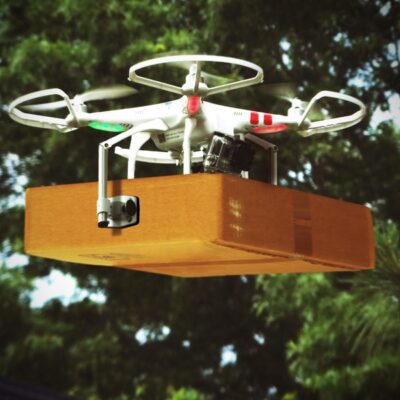Here are 5 ideas on how cellphone operators can optimize the distribution of their towers (also called base stations) to maximize the coverage area while minimizing the cost.
- A mathematical model is constructed using an integer program (IP). The objective of this model is to minimize the total cost of the associated base stations, taking into account the constraints of area coverage, capacity of base station, and quality of service requirements for each user. If the costs of base stations are equal, then the problem is to find the minimum number of base stations that will satisfy all constraints. It should be assumed that the demand points and Integer Programming (IP) involve decisions that are discrete in nature. (US20140357284A1)
- A station installation designing assistance system divides a service providing area into multiple areas and performs station installation designing in parallel. For each area, the system determines the station installation priorities of station installation location candidates. The system also adjusts the station installation priorities depending on the degree of overlap of cells formed by base stations installed in those locations. (US20220240100A1)
- A wireless network can be optimized by identifying site locations for base-station installation and generating a viewshed for an antenna of the base-station at the identified site location. An area of a rooftop of customer locations that are included in the generated viewshed is computed. The customer locations are indicated as able to be served by the base-station based on the area of the rooftop. A decision to install the base-station is generated based on the indication. (US20220110001A1)
- The optimal location for a cellular base station can be determined by first extracting candidates for an installation location from point group data in accordance with the designated conditions for an installation location. Then, the presence/absence of visibility between a plurality of designated wireless terminal stations and the candidates for an installation location is determined based on the point group data and a list is generated including information in which the candidates for an installation location and wireless terminal stations determined to have visibility for the candidates for an installation location are associated with each other. Finally, the candidates for an installation location that enable all of the plurality of designated wireless terminal stations to be accommodated are sorted from largest to smallest. (US20220078630A1)
- Location of cellular base stations can be optimized by following a procedure. First, selection criteria for each cell site candidate is obtained. A rank is determined for each candidate based on the obtained criteria. Then, the cell sites with high ranks are selected as potential cell site collocation sites. Finally, other cell sites are identified that can be moved to the highly ranked collocation candidate sites. The target area percentage of final RF coverage in a given region under consideration is determined. The collocation consolidation process is iterated until this target coverage area percentage is reached. (US20110319067A1)


